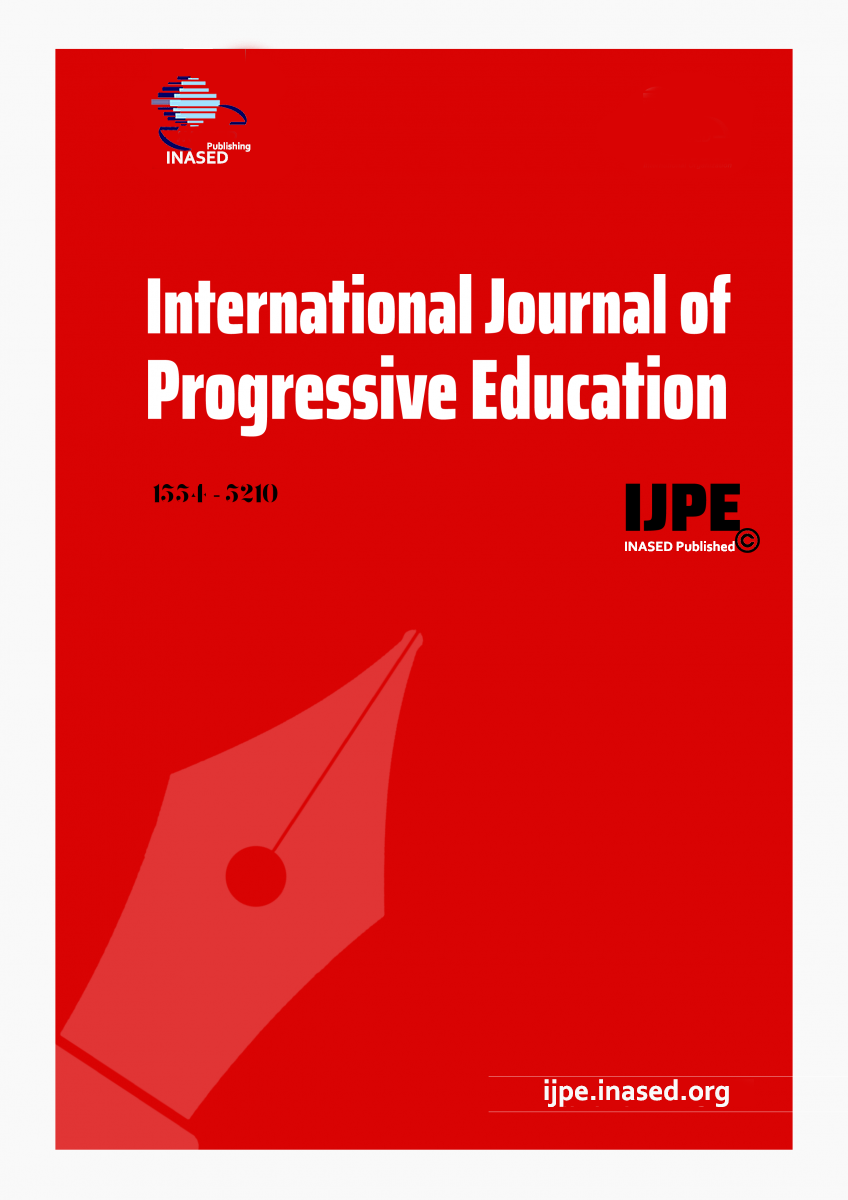Research article | Open Access
International Journal of Progressive Education 2012, Vol. 8(1) 6-21
Separate but Equal: Segregated Religious Education in Egypt's Public Schools
pp. 6 - 21
Publish Date: February 15, 2012 | Single/Total View: 39/471 | Single/Total Download: 48/770
Abstract
The Arab Spring exposed the hidden secrets of Egyptian society to the global community. In spite of the insatiable media attention paid to the Mubarak regime and the toll it took on the entire country, Egypt's education system received little attention. For decades, Egypt's public schools have forced students to attend segregated classes, based on an individual's religious and ethnic background. Egypt's Coptic community constitutes approximately 10 percent of the population yet members of this community must designate their religious affiliation and, as a result, students adhering to the Christian faith are given a separate religious education. Also, students identifying as Muslim must attend a course on Islam. This dichotomous system instills a sense of other in students at a young age, thereby promoting tension between the two communities. Phronetic research methods will be utilized in this study to chart a new direction for Egypt's public education system.
Keywords: Religious Education, Arab Spring, Egypt’s education system
APA 7th edition
Isaac, J. (2012). Separate but Equal: Segregated Religious Education in Egypt’s Public Schools. International Journal of Progressive Education, 8(1), 6-21.
Harvard
Isaac, J. (2012). Separate but Equal: Segregated Religious Education in Egypt’s Public Schools. International Journal of Progressive Education, 8(1), pp. 6-21.
Chicago 16th edition
Isaac, John (2012). "Separate but Equal: Segregated Religious Education in Egypt’s Public Schools". International Journal of Progressive Education 8 (1):6-21.
